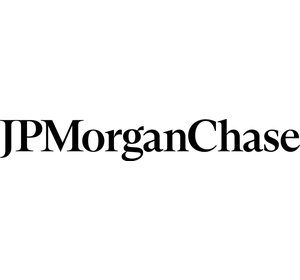$SHW $SPX #SherwinWilliams #PERatio #StockMarket #Investing #FinancialAnalysis #EquityValuation #MarketTrends #GrowthPotential #EconomicInsight #Finance
What Does Sherwin-Williams’ P/E Ratio Say About Its Future Growth Potential?
In the world of stock market investing, the price-to-earnings (P/E) ratio is a critical metric used to evaluate a company’s valuation. Recent p/e news highlights Sherwin-Williams as a focal point for investors seeking to understand its growth trajectory. This paints a broader picture of not just the company, but also hints at the health of the economic sector it operates within.
Understanding P/E Ratio and Its Implications on Sherwin-Williams
The P/E ratio is a simple yet powerful tool that measures a company’s current share price relative to its per-share earnings. For Sherwin-Williams, a leading company in the paint and coatings industry, analyzing this ratio can provide deep insights into its financial health and stock valuation.
Currently, Sherwin-Williams boasts a P/E ratio that stands above the industry average. This elevated ratio typically suggests that investors expect higher earnings growth in the future compared to competitors. However, a high P/E ratio can also raise concerns about whether the stock is overvalued. Thus, it’s essential to consider this metric in the context of the company’s historical performance and industry conditions.
Comparative Analysis with Industry Peers
When placed side by side with its peers, Sherwin-Williams’ P/E ratio can tell a lot about its positioning in the market. Companies within the same industry with lower P/E ratios might either indicate undervaluation or potentially a lack of growth prospects as perceived by the market. On the other hand, a higher P/E might reflect a premium that investors are willing to pay for what they believe to be a superior growth outlook.
Future Growth Prospects Linked to P/E
The future growth potential of Sherwin-Williams is intricately linked to its P/E ratio. Analysts often look at projected earnings growth to determine if the current stock price is justified. For Sherwin-Williams, factors such as innovation in product offerings, expansion into new markets, and effective cost management strategies will be crucial in supporting the anticipated growth that the current P/E ratio suggests.
Moreover, external economic factors such as housing market trends and commercial construction rates also play a significant role. An uptick in these sectors could positively impact Sherwin-Williams’ business, thereby justifying a higher P/E ratio.
Investor Sentiment and Market Conditions
Investor sentiment, often reflected through the P/E ratio, can significantly influence stock prices. A positive outlook on Sherwin-Williams’ operational efficiency and market expansion strategies could keep its P/E ratio above the industry average. However, investors must remain cautious, as any negative shifts in market conditions or company performance could adjust this perception quickly.
In conclusion, Sherwin-Williams’ P/E ratio offers valuable clues about its potential for future growth. While the current figure suggests optimism, it is essential for investors to continuously monitor broader market trends and company-specific developments. For more detailed insights on stock market dynamics and valuation techniques, consider exploring additional resources and analyses on financial markets. This ongoing assessment will help in making informed investment decisions in a volatile market.











Comments are closed.